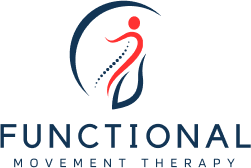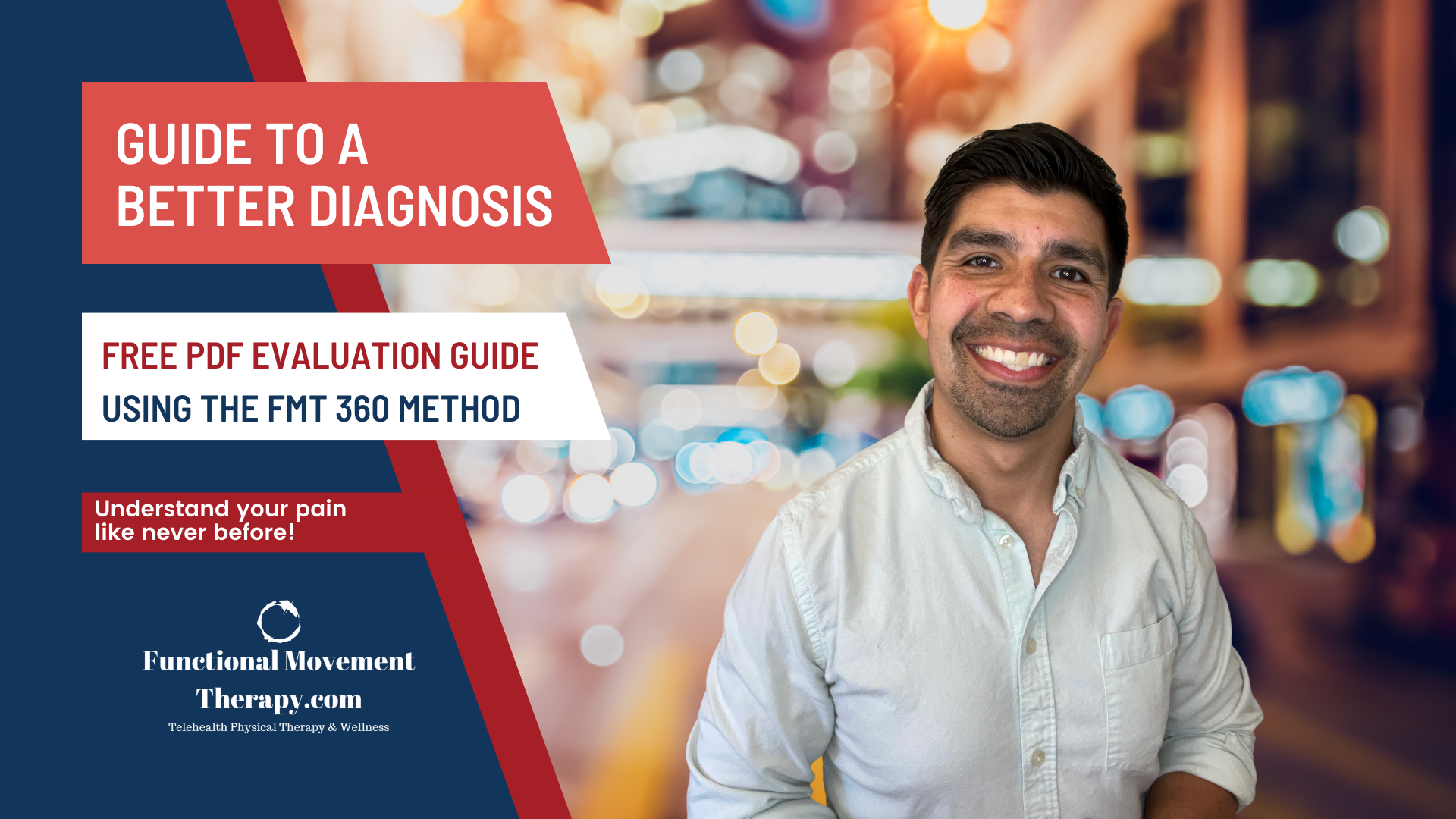Vlog, Blogs & More
Vlogs
Blogs

3 Best Sleeping Positions For Sciatica
“Sleep is essential to our healing and can promote or delay our recovery by up to 25%!” - Dr. Nick, PT/DPT
3 Best Sleeping Positions For Sciatica
Sciatica can be a terribly debilitating disease. Anyone who has suffered a day from this injury will say that they would not wish the pain and limitations on their worst enemy. This article aims to give you a better understanding of this injury and a few actionable steps to take in order to resolve the pain and take your life back. Lumbar radiculopathy, most often known as sciatica “is one of the most common, yet misunderstood, types of pain. As many as 40% of people will get it during their life, and it becomes more frequent as you age”, says Harvard Health Online.

Sciatica can have several causes including: a bulging or “slipped” vertebral disc, bone spurs, compression of the vertebral column, spinal stenosis, or even a fracture of the vertebrae. With each of these root causes, part of the disc or vertebral bone begins to touch and irritate the nerve, typically at the point of the nerve root. The sciatic nerve consists of nerve roots from L4-S3 meaning the 4th lumbar vertebrae through the 3rd sacral vertebrae. These nerve roots then converge to create the single largest nerve in the human body, the sciatica nerve, which runs from the lower back to the center glute, and down the back of the thigh before splitting into 2 large terminal branches which run down the back of the calf and outside of the shin respectively.
Due to the nature of the injury of lumbar radiculopathy (sciatica), symptoms may present as a dull/achy pain, sharp/electrical pain, decreased sensation, decreased strength, or numbness, called paresthesia. Symptoms may start at the point of the lower back or anywhere along the nerve route which makes this diagnosis tough to understand for many who are suffering from it.
Patients often ask, “why does my pain move so often?” Nerves, by definition, are sensitive, and thus may become highly irritated quickly when the wrong movement is performed. This is the reason that maintaining a neutral spine is so important while healing from this injury. Maintaining a neutral spine can sound simple enough, but there is more to proper posture than one may think.
The sleeping position you choose will either A) be a prolonged stretch on an already irritated lower back or B) can be a relaxing position that allows your body to heal. How would you prefer to spend 8 hours?
The most important factor in choosing a restful, relaxing, and comfortable position for sleeping with sciatica is to understand spinal neutral. To do this, think about the body in 2 planes. First, think about your body in the forward plane, called the sagittal plane. To keep the spine in proper alignment, make sure that your nose, sternum, and belly button are in line. Looking from the frontal plane (sideways), ensure that your ears, shoulders, and hips are always in line.
By maintaining spinal neutral you will allow your body to relax, heal, and recover quicker with less pain. You will also notice that your morning stiffness will be significantly reduced allowing you to start moving easier and with less pain medication. Give this a shot!
Side Sleeping (the most common position)
This is by far the most common position of rest for people. Keeping in mind our rules above of staying neutral in the sagittal and frontal planes.

First, lie on your side and add a pillow, long ways, in between your thighs, shins, and ankles. This keeps the top thigh from rolling over the other and maintains the pelvis in a neutral position.
Next, add a pillow across the chest and under the forearm/shoulder to allow for the middle back to avoid rotating forward. Your elbow and upper arm should be supported by the pillow equal with the midline of the body. Heels, hips, arm/spine, and ears should now be in alignment.
Belly Sleeping

To sleep on your stomach, simply place a pillow under both shins so that the knees are slightly flexed. If this does not alleviate all the pain in the lower back, you may also place a pillow (or 2 under) under the hips. Depending on where you are at in your recovery journey, this may take a little trial and error, but my rule of thumb is to rest for 10-15 seconds (not minutes) and determine if any pressure builds in the lower back. If so, I would recommend changing positions. Use the minimum number of pillows under the pelvis and hips possible to be completely pain free. This number may change over time.
Back Sleeping
Back sleeping is the least common sleeping position, but a very restful position for the lower back. In this position, gravity will hold you to the bed allowing your back muscles to relax and naturally decompress.

As you lie down on your back, place 2-3 pillows under the knees as necessary so that your knees have a 20-40 degree bend in them. This will properly support the curvature of the lumbar spine allowing for full relaxation. Too flat of a pillow under the knees may not provide enough support to your lower back curvature resulting in increased tension and eventually a return of symptoms.
Each of these positions should allow you to maintain a neutral position of the spine to achieve a more restful night’s sleep with less pain in the morning. The principles of a neutral spine as extremely important for healing and cannot be overstated. If at any point in time you would like to learn more about this, please look further into our blog postings and video training.
I hope you find these positions helpful in getting a great night of sleep and recovering quicker. If you have any questions please feel free to reach out and contact me at: www.functionalmovementtherapy.com/get-in-touch-with-us
Happy healing!
Written by Nicholaus Salinas, PT, DPT
© Functional Movement Therapy, PLLC
Check out some of our other resources!
Reels
Unlock Your Potential with One Click
Experience the FMT 360 Revolution Today!

.
Links
Contact
8:00am – 5:00pm Monday - Friday (EST)
Closed Saturday - Sunday
Get expert advice for a pain-free back.
Copyright © 2023 Functional Movement Physical Therapy, PLLC, All rights reserved
Copyright © 2023 Functional Movement Physical Therapy, PLLC, All rights reserved


